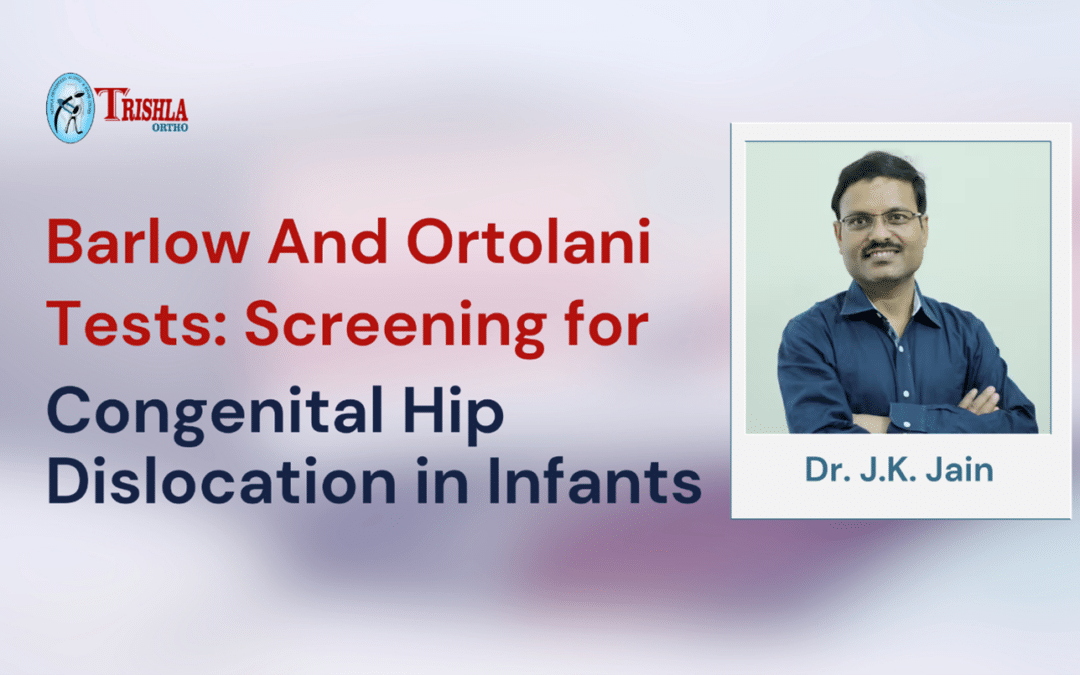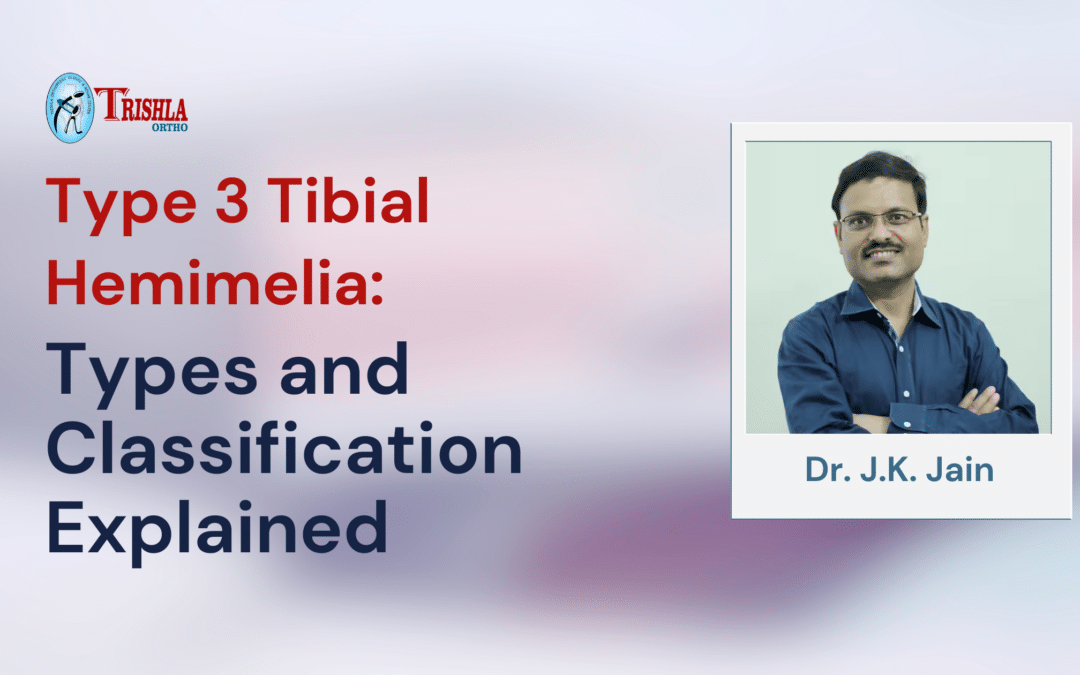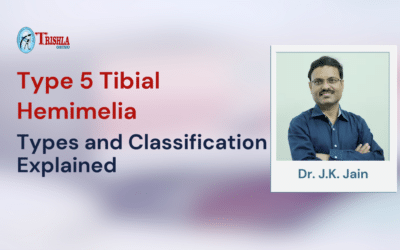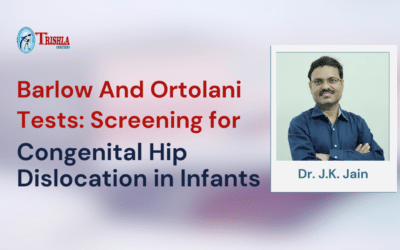Tibial hemimelia is a scarce medical condition that causes disability in people. Although there are a lot of reconstructive methods available, the recommended treatment typically involves tribalization of fibula and giving the original limb to the child. The condition is often associated with other congenital anomalies, duplications, and deficiencies. If reports are to be believed, 60% of the patients with tibial hemimelia often have associated congenital anomalies like foot rate duplication, lobster claw deformity, etc.
It has been reported that one per million life births result in tibial hemimelia. Further parent-to-child transmission and effects on siblings have also been reported. It has been seen that nearly 30% of the cases are bilateral, while 72% are on the right side. Based on the complexity of the condition, doctors can advise patients on the proper treatment method. For instance, femoral-fibula-calcaneal arthrodesis has been identified as a cost-effective technique and an excellent alternative for amputation in complete deficiency of tibia.
Experimental Approach and Techniques
Research has been done on patients suffering from tibial hemimelia. Here, 12 children with type 1 tibial hemimelia were given surgical treatment. The patients’ ages during the pediatric orthopedic surgery ranged between 2 and 14 years. The procedure included three different stages: loosening, lengthening, and stabilization. The same approach was followed in all the patients, and finally, the results were compared to see if it was an effective treatment.
Surgical techniques used
The main aim of the procedure for tibial hemimelia orthopedic surgery is to gain length and correct the deformity. Thus, three different stages of reconstruction are used to complete the process.
- Bringing fibula proximally to distal femur end & distally to talus site (station)
During this procedure, the patients are under general /spinal anaesthesia. Doctor apply ilizarov ring over foot, leg and thigh bone. Distraction at both knee and foot side will be given to take the fibula to station. K wire pass intramedullary in fibula to prevent the fracture. When fibula to proper place fusion will be done between fibula and femur proximally and to talus distally. Ilizarov will be kept till the union.
- Lengthening stage
After fusion of femoral fibula and talus lengthening will be required to compensate shortening. Usually 2-3 lengthening is required. Lengthening is done by ilzarov distraction method.
- final limb alignment stage
Once child is near to 2 year before maturity, final length alignment surgery done by growth physis physiodesis on opposite side so length of both limb became equal.
The doctors consider neurovascular variations when reconstructing the foot. If there is bilateral involvement, the feet are corrected in the plantigrade position. However, for unilateral involvement, 5 degrees to 10 degrees of equinus help compensate for the residual shortening of the limb. Finally, weight-bearing is also permitted in a snug-fitting cast.
Result
All 12 patients who underwent the surgery had a follow-up for the first 5 years. They were all evaluated. Here, 2 patients who had ipsilateral femoral focal deficiency were lost to follow-up. However, the remaining ten patients were followed for ten years. All ten patients could work on their feet during the follow-ups, and none had an amputation or required prosthesis. Not to mention, there were no significant complications.
Only one patient required cane support, but all the others could walk on their own feet. Based on the observations, five conclusions were drawn.
- In all the patients, the lower leg was smaller than the thighs. However, during the follow-up, the fibulae in these patients showed hypertrophy.
- In all the patients with bilateral involvement, the limb lengths were equal.
- As the patients continued walking, the feet gradually gained good size and shape.
- In the patients with unilateral involvement, the technique was quite beneficial in gaining limb length, and the remaining shortening of 1 to 3 centimeters was then compensated with a shoe raise.
- Hip movement in all the patients was normal except for 2 cases of extremities with proximal femoral deficiency.
The technique has shown excellent results and offers a stable option for patients. The patients could all work without prosthetics, and no pain was reported. No amputation was performed at any level, and no significant complications existed. Given the severity of the initial anomaly, their results have been quite encouraging, and the children’s parents are all satisfied. This shows that opting for this treatment method for tibial hemimelia can be extremely advantageous.
Conclusion
A new procedure has been proposed for treating type 1 tibial hemimelia. They are biological, simple, cost-effective, and dependable. It offers long-term functional and stable extremities, allowing patients to walk with plantigrade feet with sensation. This limb-saving procedure must be considered as an alternative for patients who choose not to go for amputation or for whom prosthetic care is unavailable. Overall, getting the proper support here will make a significant difference. This is why trusting only the professionals is extremely important. Consider scheduling an appointment with Trishla Ortho to get the proper treatment. They have experienced professionals who can customize the treatment plan and develop a practical solution for your child. No matter the severity of the case, the experts will be able to provide your child with timely assistance, offering relief from the condition and better management of it.












